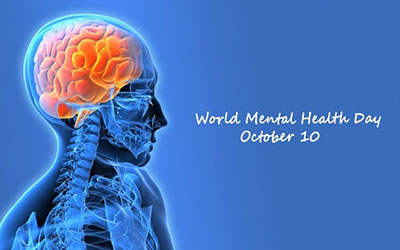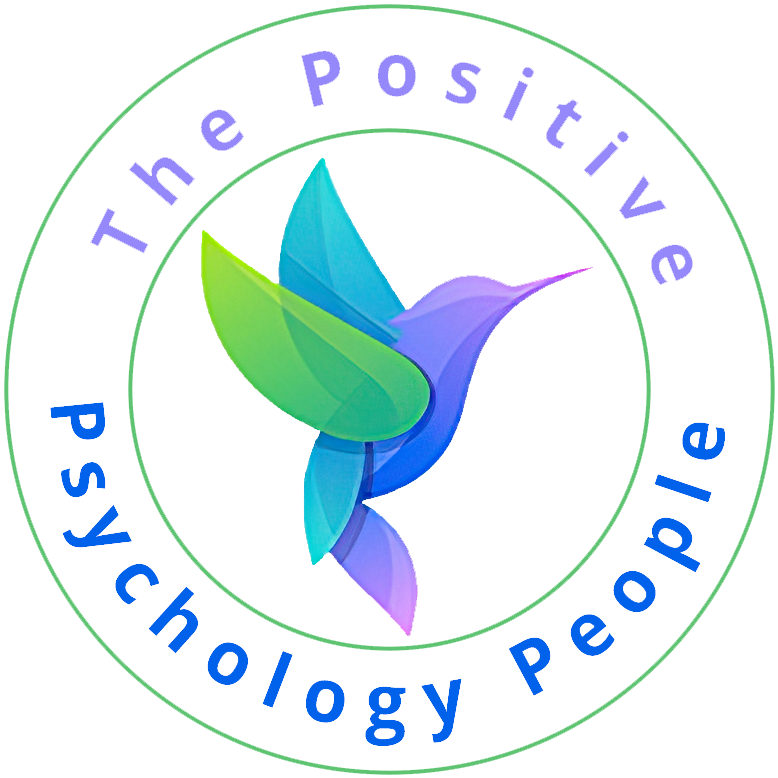
by Lynn Soots | June, 2015 | Positive Psychology
PERMA – R is for Positive Relationships The third element of PERMA focuses on positive relationships with “positive” being an emphasized aspect. As highlighted in the previous blogs, focused on the PERMA model, we now start to get a sense that the elements: (P) Positive Emotion; (E) Engagement; (R) Positive Relationships; (M) Meaning; and (A) Accomplishment/Achievement1 are defined individually but converge, providing a reciprocating effect to one another. Understanding how positive relationships are supported as a holistic aspect of well-being and “a good life” [1] provides yet another essential connective pieces of the puzzle. So what exactly is a positive relationship and how would we be able to identify that indeed it was truly positive? When we talk about truly positive relationships we have to address the shadow side of natural relationships; not all relationships are going to be rosy all the time. First, there are relationships in which we find ourselves on the rollercoaster of positives and negatives that are not always at the fault of either party, and second there are relationships where belief and hope of a future positive relationship outweighs the reality of the present experience. Living in either situation often is not easy, but we can’t put relationships into neat little boxes and store them on the shelf when they are turning sour then take them down when everything is fine. In many given situations the choice to endure, to hope, to work on a relationship should not be seen as a counter to what is described in this continuing section, but as a gauge whereby time and events can be collected as influencing...

by Dan Collinson | June, 2015 | My Journey with a MAPP
‘My journey with a MAPP’ Grant me the serenity to accept the things I cannot change; the courage to change the things I can; and the wisdom to know the difference. I embarked on the MAPP course at UEL with the intention of learning about and applying positive psychology interventions in my workplace but the focus of the course led me on a different journey. I never was very good at map reading anyway so during my 2 year MAPP journey I have focused on topics of personal interest to me. I have become a convert to hope theory which has proved to be the missing link in achieving my goals. Hope theory has taught me that being a card carrying optimist is just the beginning of the journey and that to arrive at a desired destination other elements need to be in place. It is important to have clear goals in line with your own values, several paths to acheiving goals as well as high levels of motivation and the willingness to ask for help. When I reflect on things which have previously not gone according to plan, I now recognize that one of these elements of hope theory was missing. I also found self-compassion theory really enlightening. Previously I would have beaten myself up for not achieving something which I had put my mind to, but self-compassion research shows that cutting yourself some slack and treating yourself as kindly as you would a dear friend is a much more helpful and much more successful way to reach your goals. The growth mindset theory equally suggests that the...

by Lynn Soots | June, 2015 | Positive Psychology
PERMA – E is for Engagement Let’s talk about the E of PERMA. To recap the umbrella of PERMA, PERMA is the acronym for the five vital elements that accompany the journey: These include: (P) Positive Emotion; (E) Engagement; (R) Positive Relationships; (M) Meaning; and (A) Accomplishment/Achievement [1] The last blog discussed the importance and meaning behind positive emotion (the P in PERMA). There was also a reference to knowing what actions you can put into motion to generate happiness or positive meaningful experiences in life, and so we come to (E) engagement. Engagement can be deep states in which we purposely create an extended period of time that includes a passion such as a hobby, a technique or a skill, and commitment to performance. This is just one aspect of engagement as engagement is not limited to long-term binding activities. Engagement can be a choice to engage in life; perhaps the decision to reach others—the quick decision to tell the gentleman you are passing “hey, great tie”, and in an instance you have changed a person’s mood, and in many cases received an acknowledgment back; changing your state as well. Why is engagement so import to well-being and happiness, and what does it mean to engage? As it might appear on paper the action of engagement can appear to be simplistic. The truth is, we are often overwhelmed by the automatic assembly line of life and often the things we can “engage in” are the first things to get dumped from the line-up. Perhaps you can relate to one or more of these statements: “I used to love...

by Mafalda Lobo de Carvalho | June, 2015 | Education, EMAPP Portugal
A Practical view of Positive Psychology During a lecture on the EMAPP Lisbon course, Miriam Akhtar talked about some practical views on the science of flourishing and with a friendly smile, took us all on a journey through her wonderful job in the UK. One of the first things she talked about, which sounded to us particularly hopeful, was the idea of a “well-being teacher”! In fact, some of the students are in a transition moment in their careers, looking for a meaningful path for their professional lives. It is so motivating and inspiring the purpose of supporting the well-being and development of children and young people! We are always thrilled to know more about how to combine and apply the knowledge and the tools we have been learning. The expertise that Miriam shared in this lecture left us enthusiastic about the variety of ongoing positive psychology interventions and the world of possibilities still waiting to be explored. From initiatives in our communities, like the “Happy Cities”, to new education approaches within our families, like strength-based parenting, everything matters. Some well-being programs, like the “Happiness Zones” and the “Happiness Habits” attracted our interest, as they are examples of best practices in mental health and show efficient ways to grow our happiness and resilience. Habits like savouring good experiences, practicing gratitude, using our talents and strengths and nurturing relationships boost our well-being and remind us that happiness is, after all, a matter of connectedness. Peterson used to say “Other People Matter”. Let’s turn it into a life mantra! In exchange, we offered Miriam our wish of learning, our warm welcome and our...

by Lesley Lyle | June, 2015 | Health
World Mental Health Day – 10th October A challenge for all those interested in flourishing us to get involved with at least one event on World Mental Health Day. Let’s recognise the work of Corey Keyes who states that “flourishing is complete mental health“. The precise theme for World Mental Health Day in 2015 is Mental Health Education – for me this is about how we can make sure those around us understand what makes them mentally healthy. What could we focus on to help people understand that they can flourish? For me there are a number of challenges, getting people to understand that flourishing like happiness is a choice. We can chose to live in one of three states, that of flourishing, pre-contemplation or languishing. So flourishing is complete mental health, whilst languishing can be perceived almost as depression and despair. There are times in life whereby we pre-contemplate – in this time we work through our emotional and logical thinking about a situation, whilst deciding on creative solutions to life’s issues. It is further a reality that we may flourish in one area of life, whilst not in others. So we might flourish in the work situation, be in pre-contemplation during relationships and languish in spiritual domains of life. If we adopt strengths theory to this, then the temptation would be to focus on one domain of life, however, people operate in different domains for a reason, so we would be wiser to take the lessons from the area of flourishing and see how they can be adapted to broaden and build flourishing in the different domains of...






